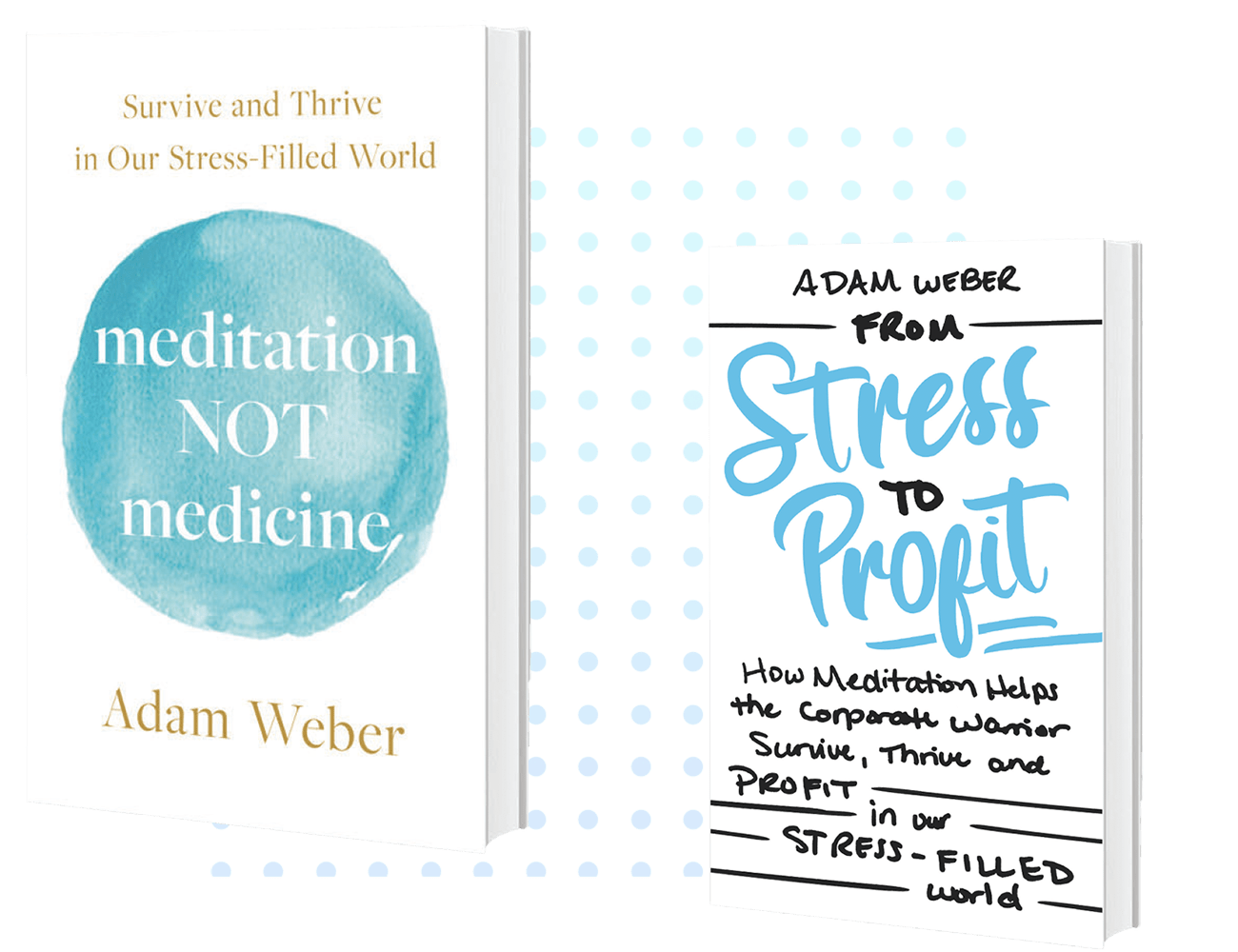Is staying comfortable during your meditation practice holding you back?
To relieve physical discomforts and make it easier to concentrate, you can take these steps before and after meditating and during sessions.
The benefits of all types of meditation are great for the mind, but sometimes you need to tweak your body to make it happy. To relieve physical discomforts and make it easier to concentrate, you can take these steps before and after meditating and during sessions.
Steps To Take Before and After to be More Comfortable During Meditation
- Stay active. An active lifestyle and regular workouts will keep you in top shape for all activities, including meditation. A supple body encourages a supple mind and encourages overall wellbeing in your daily activities. Exercise also plays a big role in maintaining ideal body weight and healthy blood pressure, which helps you feel more at ease all the time.
- It is important to train your body so you can be flexible. Your actions may appear calm, but one common complaint is that it is difficult for you to remain calm physically. In most cases, people give up the meditation routine because of this. You should warm up first to prevent injuries, which can be prevented by stretching to avoid stiffness and aches. Static poses should be held for a few minutes before you start extending your range of motion.
- Make sure you eat light meals. It is common for heavy meals to make people feel drowsy. Eat smaller, more frequent servings of easy-to-digest foods, and choose easier to digest than others.
- Keep alcohol and caffeine to a minimum. It is important to remember that stimulants and depressants affect your body and mind. Take care of your physical and mental wellbeing by being mindful of what you put into your body.
- Put on something comfortable. The clothing you wear should make you feel good when practicing mindfulness meditation. It is best to wear loose and soft clothing, not to feel pinched or itchy while wearing them. If possible, carry a sweater that you can remove or put on depending on the temperature in the room. Remove your shoes.
Steps To Take During Your Meditation Session
- Make sure you scan your body. Start by going from head to toe and checking in with your body. Take a deep breath through your nose. Make sure you are aware of any spots which seem tense or uncomfortable. As you breathe in, visualize your breath healing they.
- Make sure to minimize salivation. During meditation, saliva can feel more conspicuous than it normally does, which is why many of us have difficulty concentrating during this time. The tongue can be effectively inhibited from overproduction by pressing lightly against the roof of the mouth.
- You must take some time to relax your arms and hands. Place your hands on your lap with the palms facing upwards, cupped together. Now bend your elbows and place your hands in your lap. Alternatively, if you wish, you can place them by your sides and rest them there.
- Lower your shoulders. Stress often shows up in raised shoulders. Gently lower them and press them back. This position will bring your chest forward and make it easier to breathe deeply.
- Take a deep breath and lift your head, inhaling and exhaling. Make sure your head is held up and with a slight forward tilt. Due to this position, you can relieve some pressure from your neck.
- Support your feet. Uncross your legs and place your feet flat on the floor if you’re sitting in a chair. If you’re sitting on the floor, center them in front of you.
- Relax your eyes. Avoid eye strain and visual distractions by softening your vision. You can close your eyes or keep the lids barely open. Allow yourself to remain aware of your general surroundings without honing in on any individual item.
- Shift positions. It’s okay to move anytime you feel stiff or uneasy. Settle into a new position and resume your meditation. Retrace your recent thoughts if your attention is temporarily pulled away.
- Get a chair. Unless you grew up in a monastery, sitting on the floor for extended periods may be difficult at first. Pull up a chair. Pick a style with a flat seat and straight back that allows your feet to reach the floor.
- Walk around. Walking meditation is great for beginners or as a supplement to your seated practice. When your body needs a break from sitting, you can continue your thoughts as you pace indoors or out.
By keeping yourself in good shape and keeping a good posture, you can enjoy a more fulfilling meditation experience and in your present moment. You can sit longer and enjoy fewer distractions when your body is comfortable, and your mind will be more quiet and free from distractions when you achieve greater peace of mind and your personal purpose of meditation.
Are you looking for a way to introduce meditation to your children in a different way, something they will understand and enjoy? Listen to this episode of the Meditation NOT Medicine Podcast with my special guest Krista Inochovsky, the founder of Expand Your Life Coaching.


